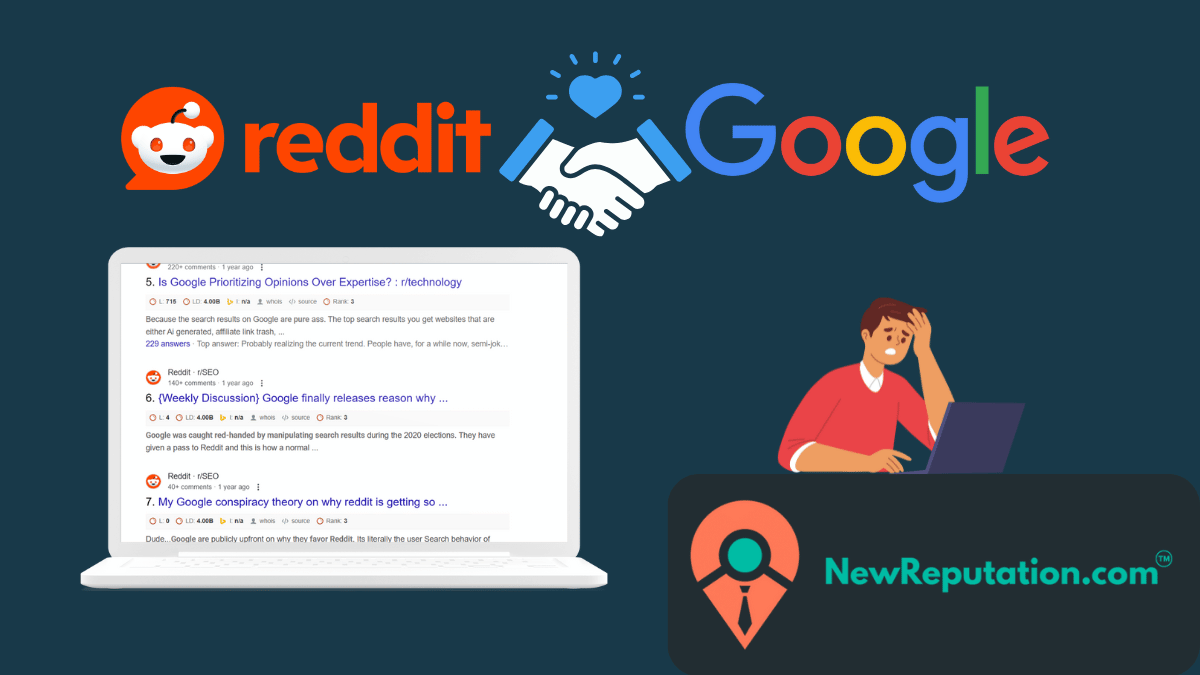Revenge porn has become a disturbingly prevalent issue. Revenge porn involves the unauthorized sharing of explicit images or videos, often depicting intimate moments, with the intent to harm the individual described. Disgruntled ex-partners typically commit these acts seeking retaliation, control, or humiliation.
How Common is Revenge Porn?
Understanding the true extent of revenge porn is challenging due to underreporting caused by shame, fear, and social stigma. However, a survey of 3,044 Americans unveiled alarming statistics, indicating that approximately one in 12 participants reported being victims of nonconsensual pornography. Women, particularly those in their teens and early 20s, were more likely to fall victim, and male ex-partners emerged as the most common perpetrators.
Effects of Revenge Porn
The consequences of revenge porn extend far beyond the initial act. Victims often grapple with severe emotional, psychological, and sometimes even physical repercussions. The shame, embarrassment, and violation of privacy can lead to long-lasting trauma, affecting personal relationships, professional opportunities, and mental well-being.
Dealing with Revenge Porn
If you are the victim of revenge pron or sextortion, it is essential to remember that you are not alone, and resources are available to help you. Here are some steps you can take if you find yourself in this situation:
1. Don’t Panic:
The first and most important thing is to stay calm. Panicking will only cloud your judgment and make thinking more difficult. Take some deep breaths and try to assess the situation.
2. Secure Your Accounts:
The first thing you need to do is secure your accounts. This means changing your passwords for all your online accounts, including your email, social media, and banking accounts. You should also consider enabling two-factor authentication for added security.
3. Gather Evidence:
It is essential to gather Evidence of the crime. This includes screenshots of the threats, messages, and any other communication you have had with the perpetrator. You should also save any copies of the images or videos that have been shared.
4. Report the Crime:
Once you have gathered Evidence, you should report the crime to the police. You can also contact a victim support organization for help and advice.
Here are some resources that can help:
- The National Sexual Assault Hotline: 1-800-656-HOPE
- The Cyberbullying Research Center: https://cyberbullying.org/
- The Revenge Porn Helpline: https://revengepornhelpline.org.uk/
- The National Center for Victims of Crime: https://victimsofcrime.org/
5. Get Legal Help:
It is essential to seek legal advice from an attorney who specializes in revenge porn and sextortion. They can help you understand your rights and options and represent you in court if necessary.
6. Take Care of Yourself:
Being targeted by revenge porn and sextortion can be a very traumatic experience. It is essential to take care of yourself emotionally and physically. This may include seeking counseling or therapy, joining a support group, or talking to a trusted friend or family member.
Understanding Google’s Removal Policies
Google’s policies allow for the removal of nonconsensually shared explicit images from search results. This applies to images that meet the following criteria:
- Shows you (or the individual you represent) nude, in a sexual act, or an intimate state.
- You (or the individual you represent) did not consent to the image or the act, and it was made publicly available.
- You (or the individual you represent) are not being paid to commercialize this content online or elsewhere.
Taking Action: Removing Revenge Porn from Google Search
- Gather evidence: Before starting, take screenshots of the offending search results, including the URL, date, and time. This documentation will be valuable for your records and communication with Google.
- Identify the source: Determine where the original image is hosted. This information is crucial for further action, such as contacting the website owner directly.
- File a removal request: Google offers a dedicated revenge porn removal form. Fill out the form accurately, providing all requested details and the URLs of the search results you want removed.
- Wait for Google’s response: Google generally responds to removal requests within a few days. They may require additional information or clarification, so be prepared to respond promptly.
- Contact the website owner: While Google can remove the content from search results, it may still exist on the original website. Contact the website owner directly and request its removal. You can find contact information on the website’s “About” page or through a domain name search tool.
- Seek legal help: If you are facing harassment or threats alongside the revenge porn, consider seeking legal counsel. An attorney can advise you on your legal options and help you protect your rights.
Protecting Yourself from Sextortion
Sextortion, a form of sexual exploitation involving the threat of revealing intimate content, has become increasingly prevalent in the digital age. Taking proactive steps to protect yourself is essential.
- Be Mindful of Content: Think twice before sharing explicit content, even with trusted partners. Once shared, you lose control over its distribution.
- Use Secure Platforms: Choose platforms with robust security measures in place for communication. End-to-end encryption can add an extra layer of protection.
- Educate Yourself: Stay informed about the risks and potential consequences of sharing intimate content online. Understanding the dynamics of sextortion empowers you to make informed decisions.
- Regularly Review Privacy Settings: Review and update your privacy settings on social media platforms to control who can access your content.
Contact NewReputation for Expert Reputation Management Services
If you find yourself a victim of revenge porn or are worried about sextortion, you’re not alone. These situations can be deeply upsetting and feel overwhelming. At NewReputation, we understand how serious this is. Our team helps people take control of their digital lives by offering expert reputation management services. We work to reduce the harm caused by online attacks and help protect your future.
The most important thing to remember is: don’t panic. Take action, but stay calm. First, save everything. Even if it’s painful to look at, keep any messages, screenshots, or links that could help build a case. This evidence is essential if you report it to law enforcement. Deleting it could slow down the process or weaken your position.
Avoid paying any blackmailers. It might feel like the fastest way to make it all go away, but in reality, paying them only encourages more demands. There’s no guarantee they’ll stop or erase anything. In most cases, they come back for more. You deserve peace of mind, not more stress.
Also, don’t carry the shame. This isn’t your fault. No matter what someone may say, the person who shares or threatens to share private images without consent is the one responsible. You’re not alone in this, and there’s support available.
Taking down harmful content can take time. Some websites respond quickly, while others make it difficult. Be patient but persistent. NewReputation uses proven content removal strategies to speed up the process. We also work with content removal attorneys and cyber-investigators to strengthen your case. Whether you’re dealing with a revenge site, fake accounts, or threatening messages, there are clear take down procedures to follow.
We monitor your name with Google Alerts and keep an eye on consumer feedback platforms and social media to limit further damage. Our public relations professionals also step in to rebuild your online image and shift focus away from negative content.
Understanding the dynamics of revenge porn, its prevalence, and the potential consequences is crucial in combating this digital menace. Individuals can protect themselves and regain control over their online identities by taking proactive measures and seeking support when needed.




